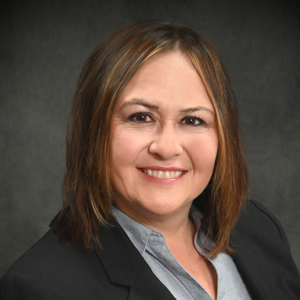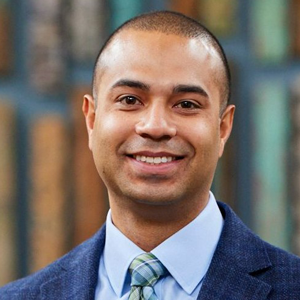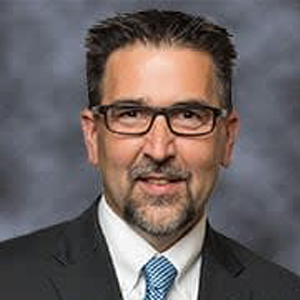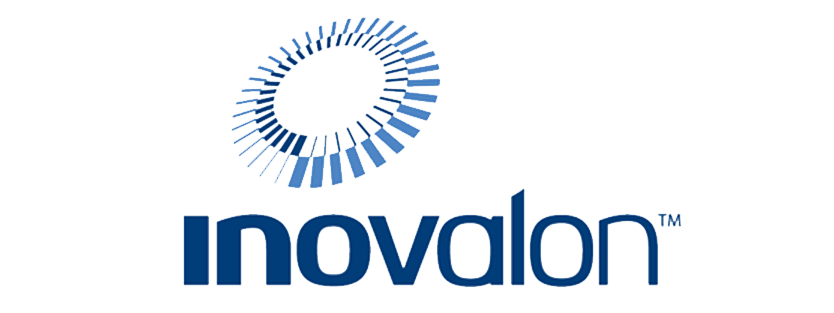
Strengthening Financial Performance in Rural Hospitals
AHA Knowledge Exchange
Empowering data-driven decisions and support to optimize staff resources and patient access to care
Amid workforce shortages and concerns pertaining to access to care, end-to-end visibility of revenue-cycle management performance helps health care organizations prevent claim denials, visualize trends and avoid financial surprises to accelerate reimbursement. Analytics and detailed performance data can pinpoint where revenue processes are missing the mark and need to be adjusted to gain financial visibility for strategic initiatives. Using automation to augment staff capability and streamline workflows can improve morale and productivity and remove friction throughout the patient journey. This knowledge exchange examines the actions that can be taken today to position rural health care organizations for success in the future.
8 actions rural hospital leaders are taking to improve financial sustainability
- Be transparent about financials with staff, providers, the board, and family and patient advisory committees. Validate and share data and dashboards for better decision-making.
- Look at the big picture. How is your organization doing with regard to budget and key performance indicators like days in accounts receivable, cash on hand and days in cash.
- Promote organizational success as a team effort, squelch department rivalries, and build psychological safety and trust to allow employees to come forward with problems and solutions.
- Find the disconnects among coders, the business office and departments for missed charges, coding errors, claims not filed and first-pass denials.
- Invest in decision-support systems and staff to validate data credibility and evaluate serviceline performance, finetune processes and assess new projects.
- Consolidate and assign staff to specialize in prior authorizations to alleviate clinician burden and minimize delays in care.
- Use outside service providers to fill staffing and expertise gaps as well as outside companies to evaluate revenue processes and uncover problem areas.
- Evaluate electronic health record rules, interfaces and workflows for current best practices.
Participants

Brett Altman, DPT, MBA, FACHE
CEO
Cass Health

Melanie Boyd, R.N., MHA, FACHE
Chief Operating Officer
Clarke County Hospital

Ben Davis, MBA, RHCEOC, FACHE
President and CEO
Glencoe Regional Health

Brian Evans, MBA, FACHE
CEO
Clarke County Hospital

Kurt Forsyth, MHA, FACHE
President
Intermountain Delta and Filmore Community Hospitals

Korrey Klein, M.D.
President and CEO
Family Health West

Melinda Laird, R.N., MSN
CEO and Chief Nursing Officer
Cordell Memorial Hospital

Jason Pilant, DHA, MBA, FACHE
President and Chief Administrative Officer
Covenant Health/Roane Medical Center

Jennifer Riley, MHA
CEO
Memorial Regional Health

Greg Ruberg, MBA, MA, PT, FACHE
President and CEO/Vice President
Lake View Hosptial/St. Luke‘s Hospital

Erik Thorsen, MBA, CPA, FACHE
CEO
Columbia Memorial Hospital

Lori Zindl
Vice President, Business Development
Inovalon

Moderator:
Suzanna Hoppszallern
Senior Editor
American Hospital Association
AHA Knowledge Exchange
Gain insights from the C-suite and health care leaders on the most pressing issues and transformational strategies.








